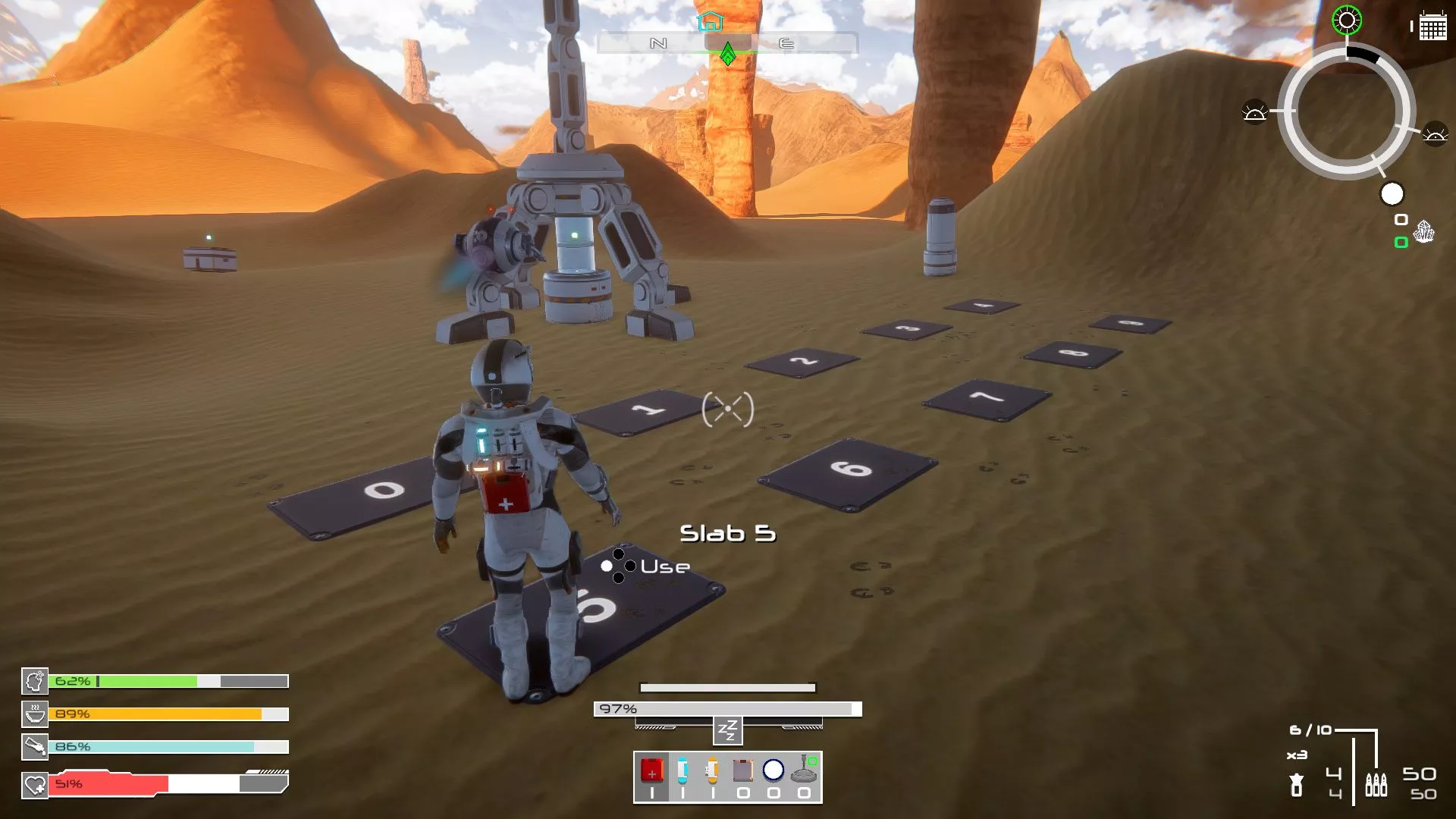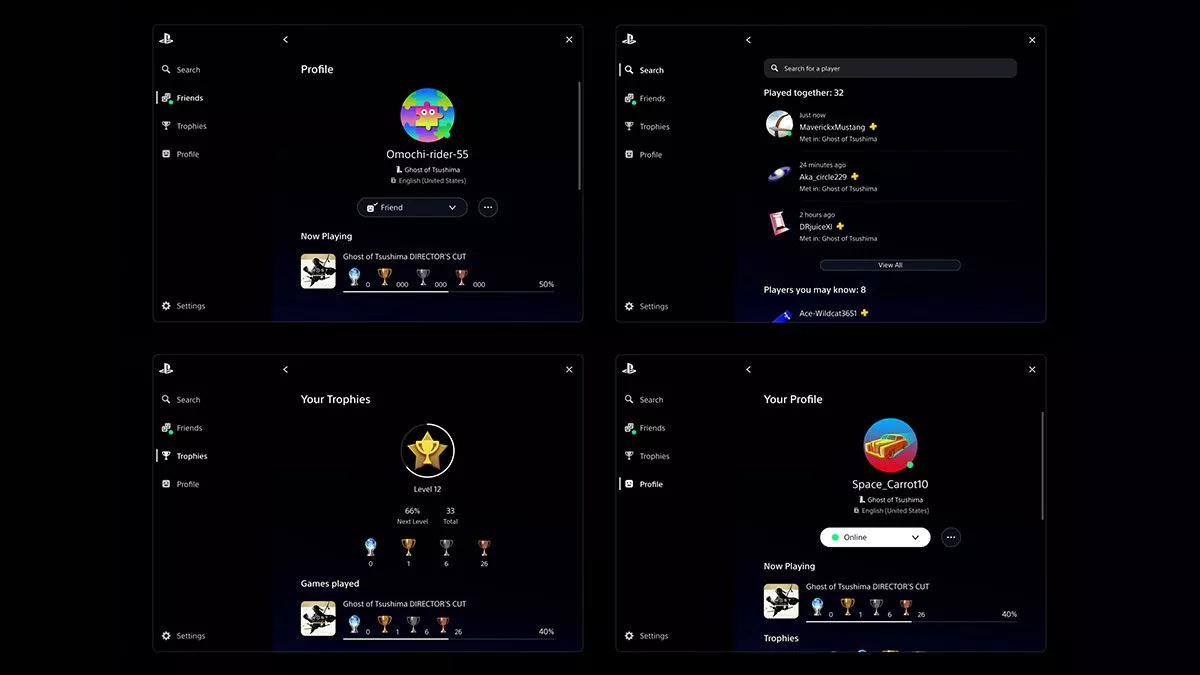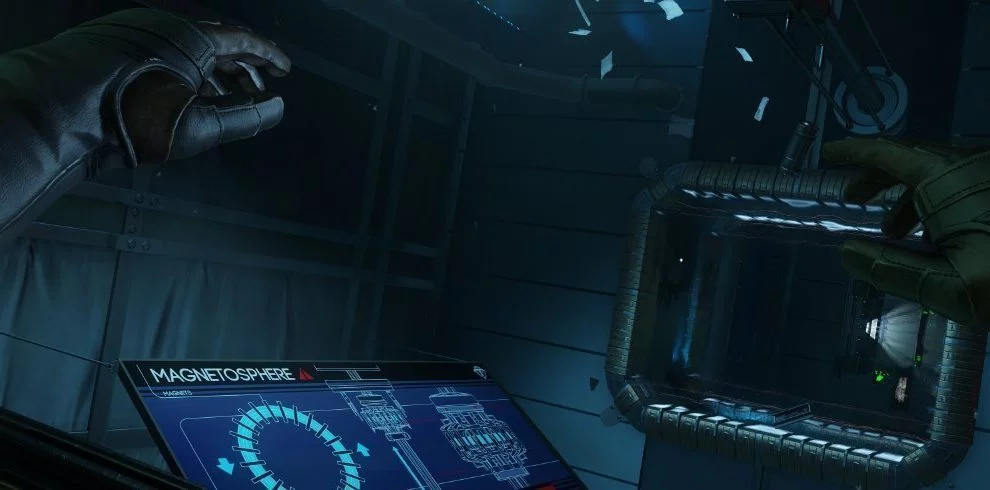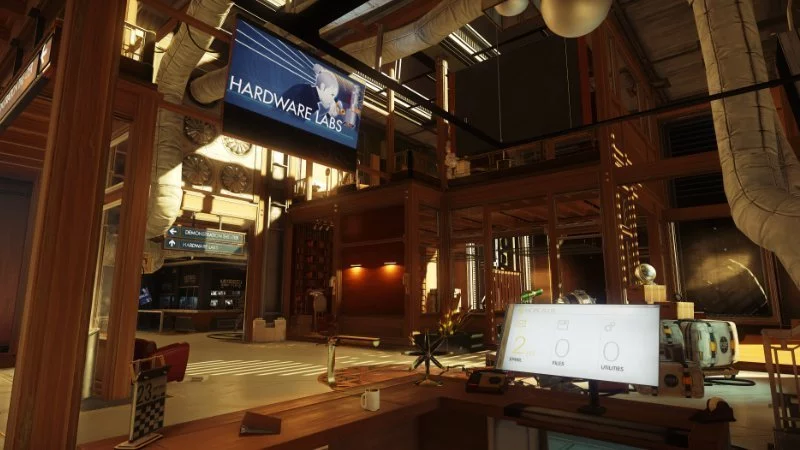Prey developer Arkane Studios loves to throw around the term “open space station” when talking about its upcoming game. Stevivor spoke with Arkane Co-Creative Director, Raphael Colantonio, about what that actually means.
“I think we say [open space station] because if we say ‘open world’ people imagine forests for 200 miles and caves and stuff,” he said. “The world is to a different scale.”
“It’s limited to the space station itself and around it because you can fly in zero-g around it and navigate. You can take alternate routes to go from location to location, but everything is contiguous. It’s really one space — the same way in an open world where its all contiguous — even if there is a loading at some point.
“The reason why we call it open space station is because of the scale to remind people and to set expectations in the right way because open world really sounds like GTA or something or Skyrim.”
The space station in question, Talos 1, should be thought of in three-dimensional terms rather than a vast, flat expanse.
“It’s very vertical and very crafted,” Colantonio said. “It has the craft of a game like Dishonored, but on a contiguous area where you come back and the context has changed.”
This design is a departure from the somewhat linear Dishonored franchise, setting up new challenges for Arkane.
“Things can get hard because we committed to never block the player,” he said. “All the narratives happen through environmental storytelling, so just by what you see or people that talk to you or people that do things in front of you. There’s no moment where you remove the controls and then you see something happen, then we give you the controls again. We have nothing like that. It’s all through the eye of the player, and with no interruptions, so that alone is a super challenge.
“It means a lot relies on the player pulling the story themselves at their own pace. Some of it is pushed, like somebody talking to you through a comm link helping you doing something or giving you some objective, but most of it is pulling from stuff like emails or listening to something or audio logs. I think the third way we tell the story in our situation is you actually tell the story through what the player does, through what you ask the player to do. Objectives are actually telling a story, which is a cool trick for a game maker as opposed to you know, go there and do this and show you a movie, its disconnected. We try to reconnect your actions with the narrative.”
Stevivor has just finished up a second press trip to Arkane Studios’ Austin, Texas-based office. Stay tuned for more on the upcoming game.
Prey heads to Windows PC, Xbox One and PS4 in early May.
This article may contain affiliate links, meaning we could earn a small commission if you click-through and make a purchase. Stevivor is an independent outlet and our journalism is in no way influenced by any advertiser or commercial initiative.
























